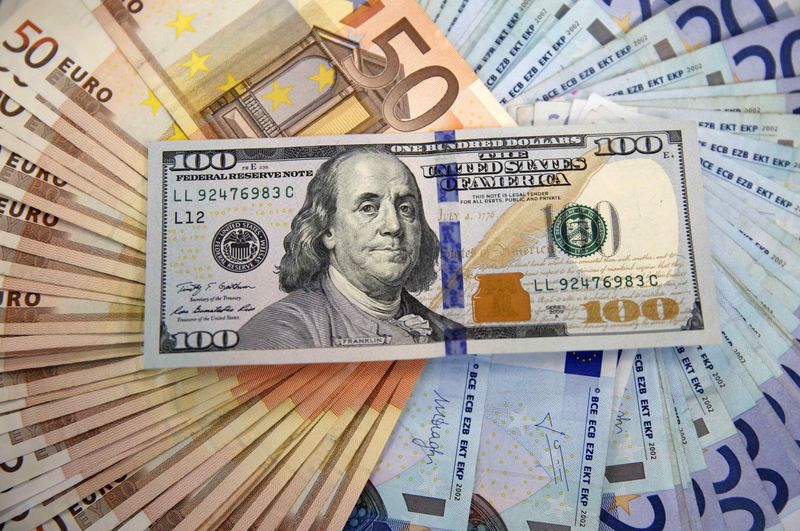Investing.com - The euro fell against the dollar on Friday after a senior Federal Reserve policymaker indicated that the central bank could still raise short-term interest rates next month.
The dollar was boosted after Fed Vice Chairman Stanley Fischer said it was still too early to determine whether to raise short-term interest rates from near zero, where they have been held since December 2008, at the bank’s September meeting.
The euro fell to the day’s lows following the remarks indicating that a rate hike is still on the table, with EUR/USD down 0.51% to 1.1187 in late trade.
The U.S. dollar index, which measures the greenback’s strength against a trade-weighted basket of six major currencies, was up 0.42% to 96.15 in late trading.
The index ended the week up 1.2% after rebounding from the seven-month trough of 92.52 set on Monday amid a broad based selloff in global financial markets.
The dollar had weakened as fears over a slowdown in growth in China roiled global markets, with equities and commodities the hardest hit. Fears over China also prompted investors to push back expectations on the timing of an initial rate hike by the Fed.
But market sentiment improved after Beijing moved to ease monetary policy in order to shore up growth. China's central bank lowered interest rates for the second time in two months on Tuesday.
The dollar received an additional boost after data on Thursday showed that the U.S. economy grew at a faster than expected rate in the second quarter.
The U.S. economy expanded at an annual rate of 3.7%, up from the initial estimate of 2.3%.
In the week ahead, investors will be focusing on Friday’s U.S. jobs report for August, which could help to provide clarity on the likelihood of a near-term interest rate hike.
Markets will also be watching surveys of the U.S. manufacturing and service sectors, factory orders and trade data for fresh indications on the timing of a rate hike.
Monday’s euro zone inflation figures and the European Central Bank’s policy meeting on Thursday will also be in focus.
Ahead of the coming week, Investing.com has compiled a list of these and other significant events likely to affect the markets.
Monday, August 31
The euro zone is to produce preliminary data on consumer price inflation, while Germany is to publish data on retail sales.
The U.S. is to release figures on manufacturing activity in the Chicago region.
Tuesday, September 1
The euro zone is to publish the unemployment rate, while Germany is to report on the change in the number of people unemployed.
In the U.S., the Institute of Supply Management is to report on manufacturing growth.
Wednesday, September 2
In the euro area, Spain is to report on the change in the number of people unemployed.
The U.S. is to release the monthly ADP nonfarm payrolls report, as well as data on factory orders.
Thursday, September 3
The euro zone is to release data on retail sales.
The ECB is to announce its monetary policy decision. The rate announcement will be followed by a post-policy meeting press conference with President Mario Draghi.
The U.S. is to publish figures on trade and jobless claims and the ISM is to report on service sector growth.
Friday, September 4
Germany is to report on factory orders.
The U.S. is to round up the week with the closely watched nonfarm payrolls report, and data on wage growth.
